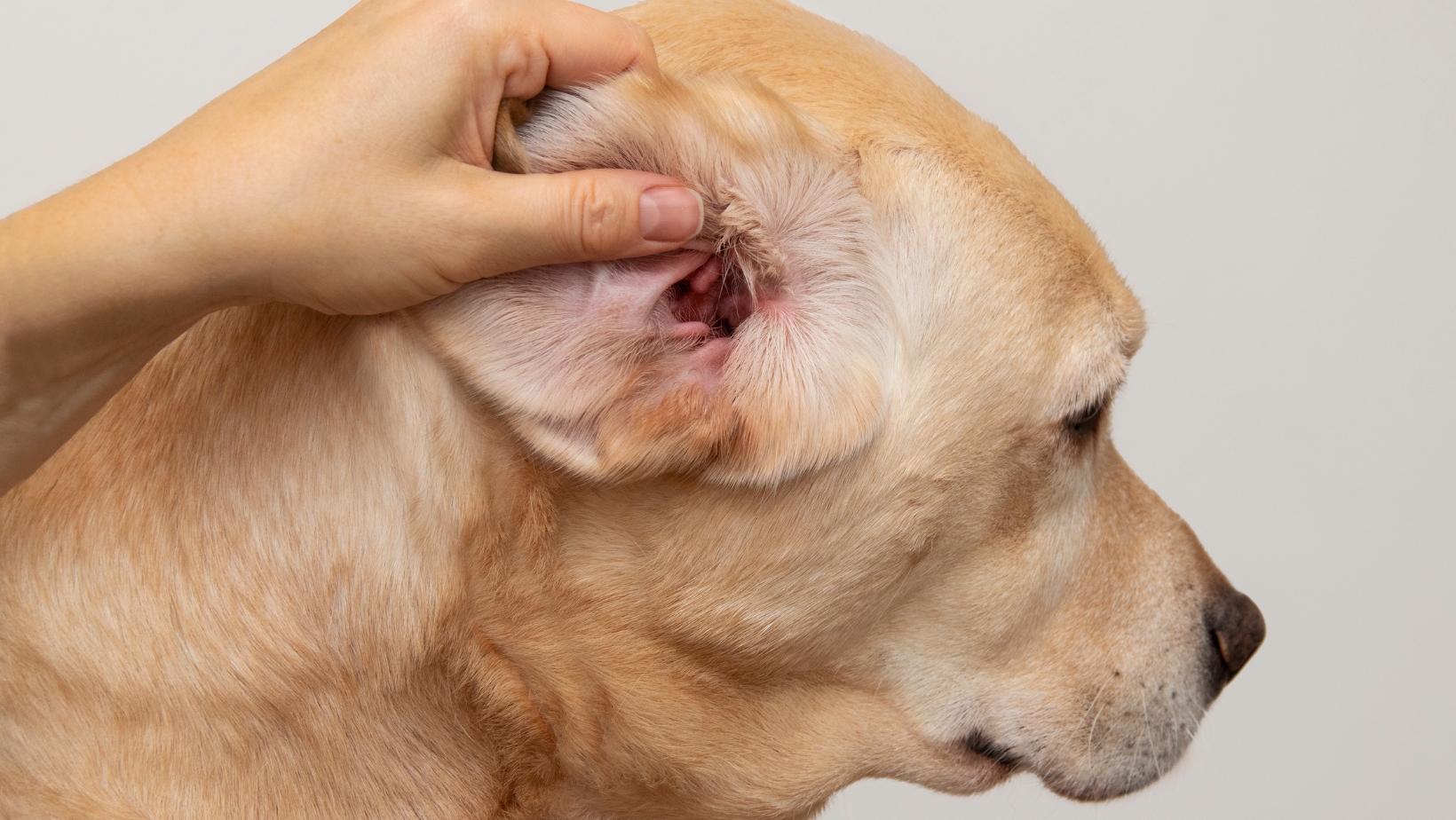 When it comes to taping a dog’s ears, timing is crucial. Many dog owners wonder when it is too late to tape their dog’s ears for the desired effect. The answer depends on various factors, including the breed of the dog and the age of the puppy.
When it comes to taping a dog’s ears, timing is crucial. Many dog owners wonder when it is too late to tape their dog’s ears for the desired effect. The answer depends on various factors, including the breed of the dog and the age of the puppy.
In general, if you are considering taping your dog’s ears for cosmetic or medical reasons, it is best to start when they are still young puppies. The ideal age for ear taping varies depending on the breed, but it typically falls within the first few months of a puppy’s life. This is because puppies’ ears are still developing and can be molded into the desired shape with proper taping techniques.
It’s important to note that every dog is unique and may respond differently to ear taping at different ages. Consulting with a veterinarian or an experienced breeder can provide valuable guidance specific to your dog’s breed and individual circumstances. They can assess whether it is still feasible to tape your dog’s ears effectively or explore alternative options if necessary.
The Importance of Proper Ear Taping for Dogs
When Should You Start Taping a Dog’s Ears?
When it comes to taping a dog’s ears, timing is crucial. To ensure proper ear development and prevent issues such as floppy or misshapen ears, it’s important to start the taping process at the right time. Generally, the optimal age to begin ear taping in dogs is between 8 and 12 weeks old.
During this period, a puppy’s cartilage is still soft and malleable, making it easier to shape their ears into the desired form. Waiting too long to start ear taping can result in less effective results or even make it impossible to correct certain ear abnormalities.
Signs that It May Be Too Late to Tape a Dog’s Ears
While starting early is ideal for successful ear taping, there are signs that indicate it may be too late to achieve desired results:
- Stiffness: If a dog’s cartilage has hardened significantly due to age (typically beyond 16-20 weeks), it becomes difficult or nearly impossible to reshape the ears effectively.
- Firm Texture: When touched, matured cartilage feels firm rather than pliable or easily moldable.
- Fixed Position: If your dog’s ears have already settled into a fixed position, it suggests that the cartilage has solidified and may not respond well to taping efforts.
- Unresponsive Ears: If you’ve attempted ear taping for an extended period without observing any visible changes or improvements in the shape of your dog’s ears, it might be an indication that it is too late to achieve significant results.
Properly addressing the question of when it’s too late to tape a dog’s ears requires careful consideration of various factors such as age, cartilage development, and individual circumstances. Starting early and being proactive in monitoring your dog’s progress will increase the likelihood of achieving the desired outcome.

When Is It Too Late to Tape a Dogs Ears
Determining when it’s too late to tape a dog’s ears is an important consideration for pet owners. While ear taping can be beneficial for certain breeds, it should be done within a specific timeframe to achieve the desired results.
Here are some signs to look for that can help you determine if it’s too late for ear taping:
- Age of the dog: The ideal time to start ear taping is when the puppy is around 8 to 12 weeks old. At this age, their ears are still soft and malleable, making them more responsive to shaping. If your dog has already surpassed this age range, it may be too late for effective ear taping.
- Ear development: Another crucial factor is the stage of your dog’s ear development. Dogs typically have different rates of ear growth and cartilage hardening. It’s essential to consult with a veterinarian or breed expert who can assess your dog’s individual ear development and provide guidance on whether or not it’s still feasible to tape their ears.
- Firmness of the cartilage: Cartilage in a dog’s ears gradually hardens over time, making them less susceptible to reshaping through taping. Gently feel your dog’s ears – if they feel firm or rigid, it may indicate that the cartilage has hardened significantly, making successful taping less likely.
While proper timing plays an important role in successful ear taping, keep in mind that there are alternative options available for shaping a dog’s ears, such as cosmetic surgeries. It’s crucial to explore all options and choose the most suitable approach for your dog’s well-being.
In conclusion, determining the right time for ear taping is vital to achieve desired results. Factors like age, ear development, cartilage firmness, and previous attempts should be considered before deciding if it’s too late for ear taping. Consulting with professionals will ensure that you make an informed decision regarding your dog’s ear shaping journey.























